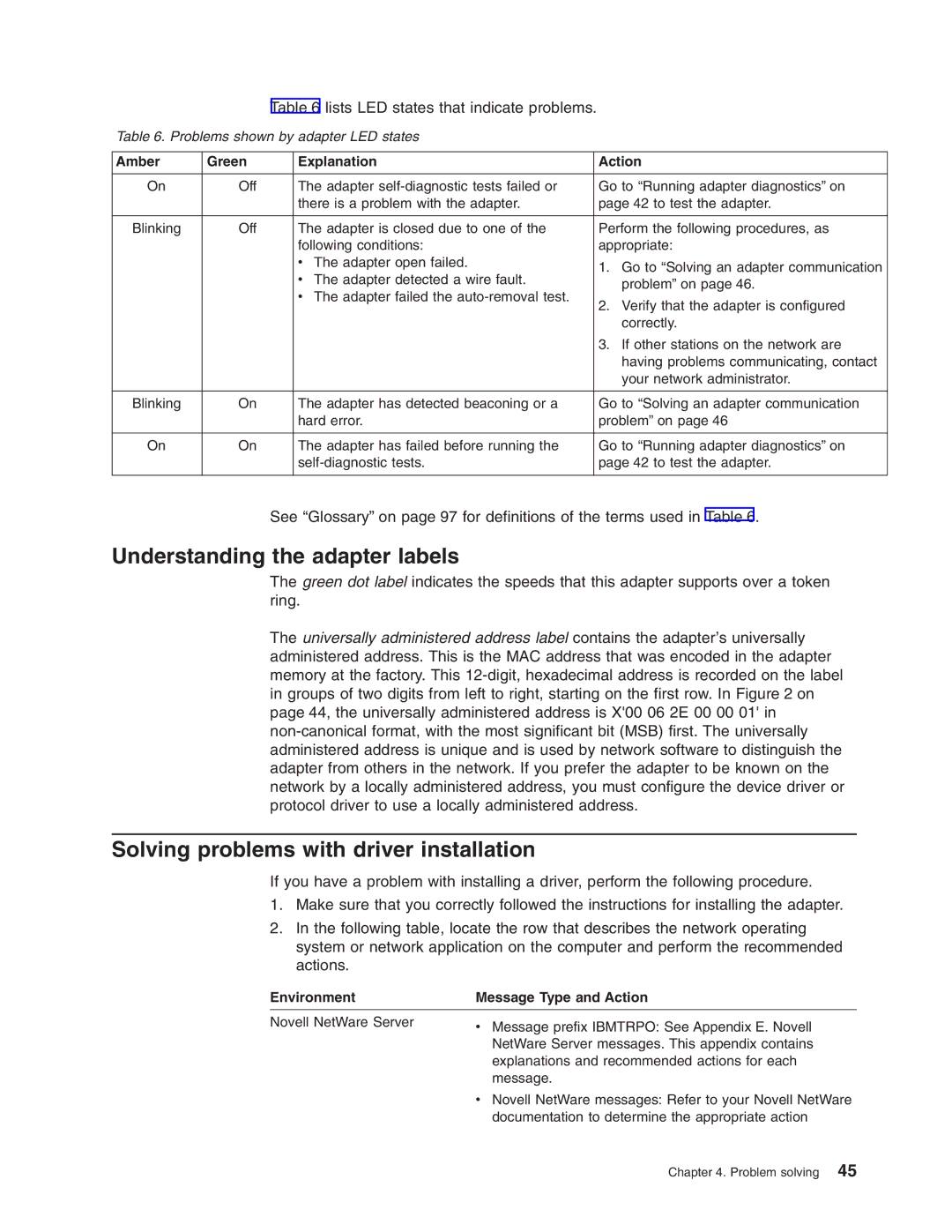Table 6 lists LED states that indicate problems.
Table 6. Problems shown by adapter LED states
Amber | Green | Explanation | Action |
|
|
|
|
On | Off | The adapter | Go to “Running adapter diagnostics” on |
|
| there is a problem with the adapter. | page 42 to test the adapter. |
|
|
|
|
Blinking | Off | The adapter is closed due to one of the | Perform the following procedures, as |
|
| following conditions: | appropriate: |
|
| v The adapter open failed. | 1. Go to “Solving an adapter communication |
|
| v The adapter detected a wire fault. | problem” on page 46. |
|
| v The adapter failed the | 2. Verify that the adapter is configured |
|
|
| |
|
|
| correctly. |
|
|
| 3. If other stations on the network are |
|
|
| having problems communicating, contact |
|
|
| your network administrator. |
|
|
|
|
Blinking | On | The adapter has detected beaconing or a | Go to “Solving an adapter communication |
|
| hard error. | problem” on page 46 |
|
|
|
|
On | On | The adapter has failed before running the | Go to “Running adapter diagnostics” on |
|
| page 42 to test the adapter. | |
|
|
|
|
See “Glossary” on page 97 for definitions of the terms used in Table 6.
Understanding the adapter labels
The green dot label indicates the speeds that this adapter supports over a token ring.
The universally administered address label contains the adapter’s universally administered address. This is the MAC address that was encoded in the adapter memory at the factory. This
Solving problems with driver installation
If you have a problem with installing a driver, perform the following procedure.
1.Make sure that you correctly followed the instructions for installing the adapter.
2.In the following table, locate the row that describes the network operating system or network application on the computer and perform the recommended actions.
Environment | Message Type and Action |
Novell NetWare Server | v Message prefix IBMTRPO: See Appendix E. Novell |
| NetWare Server messages. This appendix contains |
| explanations and recommended actions for each |
| message. |
| v Novell NetWare messages: Refer to your Novell NetWare |
| documentation to determine the appropriate action |
Chapter 4. Problem solving 45
